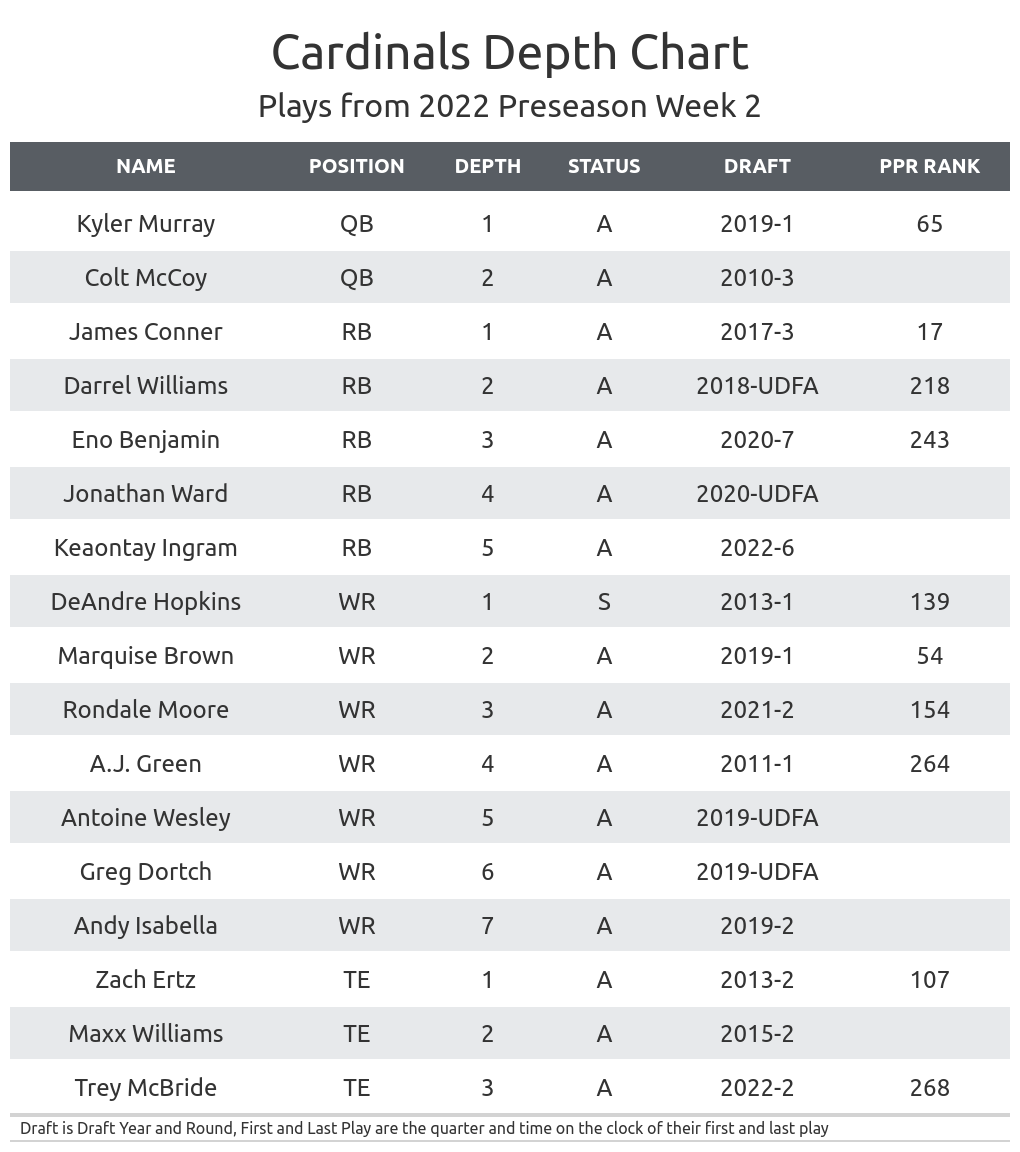As the online landscape continues to develop, mobile marketing is becoming as a foundation of effective advertising strategies. With a considerable portion of consumers depending on their cell phones for everything from shopping to socializing, brands must shift to the dynamic nature of cellular platforms. This shift not only modifies the way businesses engage with their audiences but also presents an chance to connect with them in more meaningful and customized ways.
Comprehending mobile marketing trends is essential for companies striving to stay important in a very competitive market. From the growth of app-based advertising to the increasing acceptance of location-based services, the outlook of advertising lies in utilizing these novel strategies. By harnessing the power of mobile, businesses can link with their customers more effectively and ensure their marketing efforts resonate in an ever-changing environment.
Telecom Marketing Tactics
As businesses increasingly shift their focus to handheld platforms, creating effective mobile advertising strategies is vital. One of the primary methods involves tailoring content for mobile audiences. This means ensuring that websites and ads are mobile-friendly and easy to use on smaller screens. By prioritizing a seamless customer experience, companies can enhance interaction and prompt potential customers to take action. Utilizing concise messaging and aesthetically appealing design can also help capture attention swiftly, as mobile users tend to browse rather than peruse in full.
Another vital approach is utilizing location-based advertising. With the increase of GPS-enabled devices, organizations can adapt their advertising efforts to connect with customers based on their geographical location. This can encompass offering discounts or promotions when potential clients are in close to a store. By personalizing messages to local markets, brands can create a sense of urgency and pertinence that connects with mobile users, driving foot traffic and online engagement.
Moreover, leveraging social media channels as part of mobile advertising strategies can significantly enhance brand visibility. Social media apps are among the most-used tools on smartphones, making them an ideal medium for reaching potential audiences. Organizations should emphasize on creating mobile-friendly material that encourages distribution and communication. Leveraging influencer partnerships can also increase reach, as influencers often have dedicated audiences who value their advice. By engaging users where they spend their efforts, brands enhance their chances of transforming views into meaningful connections.

Emerging Trends in Advertising
The realm of mobile marketing is quickly changing, driven by new technologies that are changing how brands engage with customers. Artificial intelligence plays a pivotal role in this shift, allowing marketers to analyze vast amounts of data and predict consumer behavior with notable accuracy. By utilizing artificial intelligence-based insights, brands can create tailored marketing campaigns that connect with their audience, leading to higher engagement rates and enhanced return on ROI.
AR is another disruptive technology that is changing advertising. With the growing popularity of AR-enabled devices, brands can create interactive experiences that blend their products into consumers' daily lives. For instance, retailers can use AR to permit customers to see how furniture would fit in their home before making a buying decision. This engaging approach not only improves customer experience but also increases sales by lessening uncertainty around buying decisions.
Furthermore, voice search optimization is becoming crucial for mobile marketing strategies. As 구글마케팅 and voice-activated assistants gain popularity, consumers are increasingly relying on voice commands to look up products and services. This shift requires a reevaluation of traditional SEO tactics, prompting brands to emphasize NLP and spoken keywords. By adjusting to this trend, businesses can ensure they remain significant and accessible in a voice-driven marketplace.
Measuring Success in Smartphone Advertising
Evaluating success in smartphone advertising is crucial for grasping the impact and optimizing subsequent efforts. A key of the key indicators to evaluate is the conversion rate, which shows how countless users took the intended action after engaging with the mobile advertisement. By examining the conversion rate, marketers can ascertain if the advertising efforts are connecting with the audience and driving the intended results. Additionally, measuring the cost per acquisition helps assess the efficiency of marketing spend, allowing organizations to manage resources more effectively.
Additionally important element of evaluating outcomes is user engagement. Metrics such as click-through rates, duration spent on the application or site, and social engagement provide insights into how well the content is engaging with users. High engagement levels often correlate with effective branding and customer loyalty, making it important for advertisers to monitor these measures. Leveraging analytics tools can assist in acquiring this data, showing trends and occurrences that inform strategic choices.
Finally, customer opinions and satisfaction play key roles in assessing the success of cellular advertising. Surveys, ratings, and immediate feedback can deliver valuable non-numerical information that go beyond quantitative data. Understanding the customer's perspective helps marketers refine their tactics and create more compelling content. By merging quantitative metrics with qualitative data, companies can create a comprehensive view of their cellular marketing performance, allowing for continuous improvement and advancement in upcoming campaigns.
